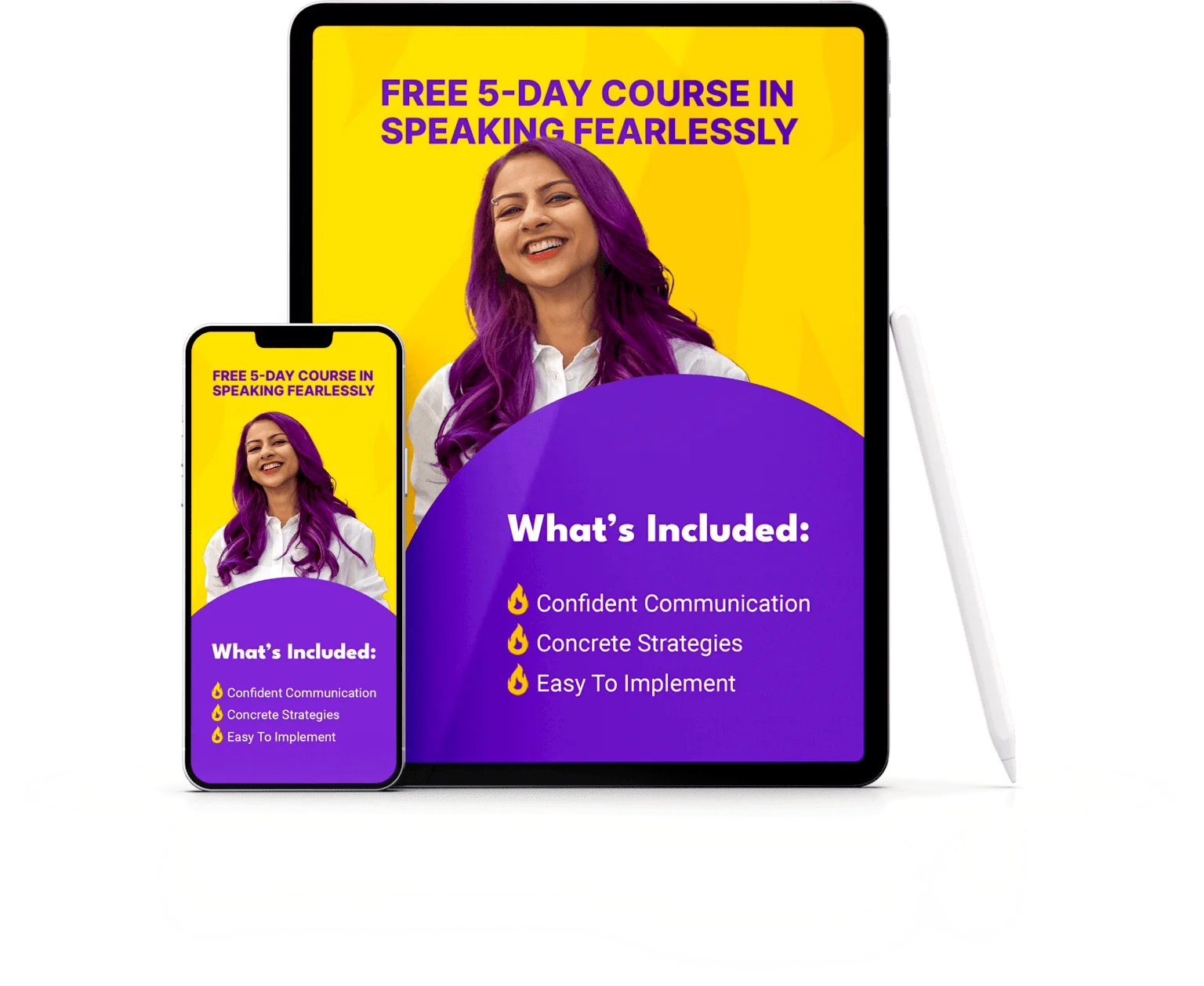Your voice is your biggest asset when it comes to public speaking, whether speaking on stage or speaking on camera. But are you using your voice to your advantage?
Are you achieving vocal impact when speaking on camera?
When you speak without intention, you often end up sounding monotonous. However, the simple truth is, people have immense vocal range. All you need to do is to just tap into your natural range. When you pay more attention to how you’re delivering your message, you can increase the likelihood of your words having an impact on your audience.
So when you improve the way you sound, you improve the quality of the message, and what’s even better is that adding vocal variety isn’t difficult at all.
In this video, I show you the 5P framework for improving your vocal delivery on camera, on stage, or any time you want to address any number of people in an engaging manner that captures their attention. The 5 Ps to achieving high vocal impact: pitch, pace, pause, projection, and pronunciation.
To complete your speaking skillset, do check out my videos on getting rid of filler words and improving your body language.








